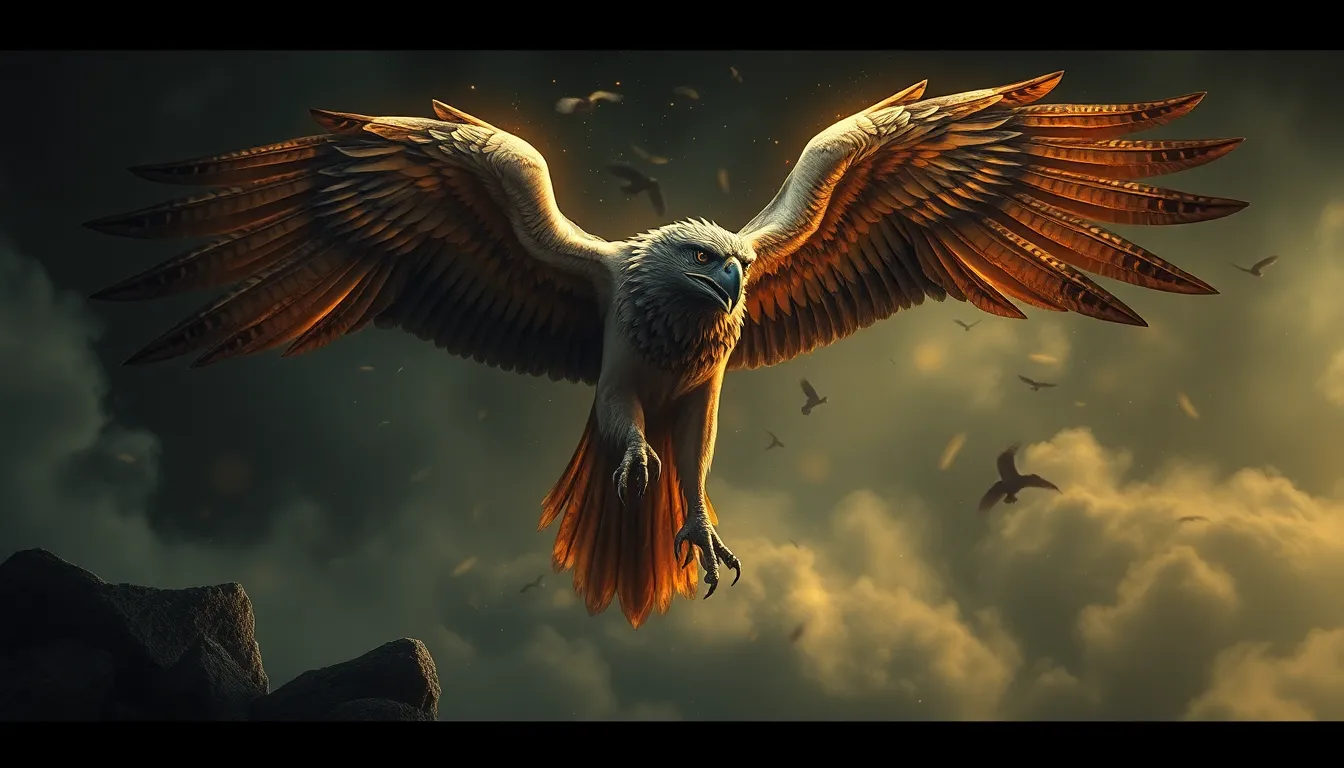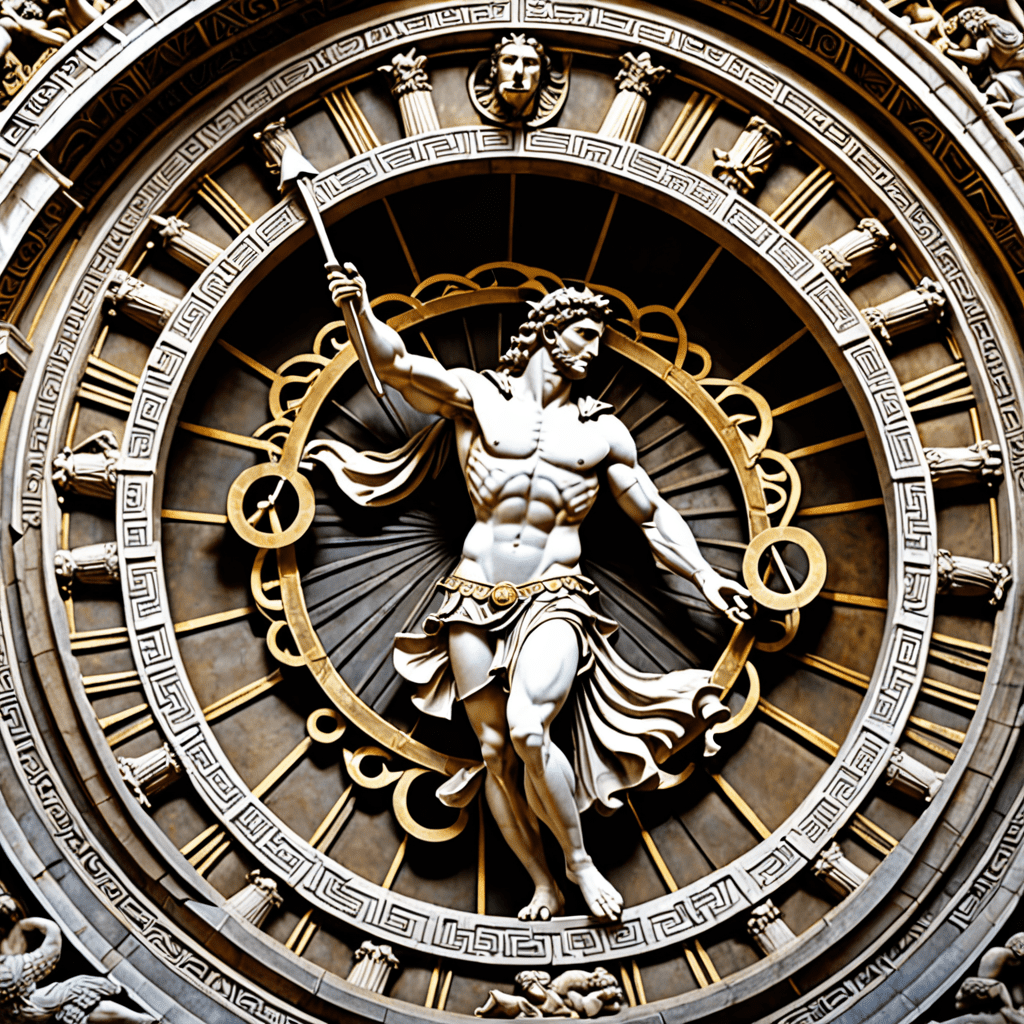Hula as a Sacred Art in Hawaiian Mythology
In Hawaiian culture, hula is much more than just a dance. It's a sacred art form deeply intertwined with mythology, tradition, and spirituality. Hula is a way to connect with the gods, ancestors, and the natural world, a language that speaks through movement, stories, and gestures. It embodies the essence of Hawaiian identity and serves as a powerful tool for storytelling, ritual, healing, and transformation.
The Origins of Hula in Hawaiian Creation Myths
Hawaiian mythology tells the story of the creation of the islands by the gods, a tale that also includes the origin of hula. According to these myths, the goddess Hiʻiaka, sister of Pele, the fiery goddess of volcanoes, was a skilled hula dancer. She used her dance to honor the gods and to tell stories of their deeds. Her dances were said to be so powerful that they could move the earth and influence the natural world. These stories suggest that hula was considered a divine art, gifted to humans by the gods.
Hula as a Connection to the Gods and Ancestors
Hula is a way to connect with the spiritual realm. Through specific movements and chants, dancers can invoke the presence of the gods and ancestors. Different hula styles are associated with different deities, each with its unique stories, chants, and movements. For example, the hula ʻauana, known for its graceful and flowing movements, is often associated with the god Lono, the god of peace and prosperity. The hula kahiko, with its more powerful and energetic movements, is connected to the goddess Pele, representing the fierce power of volcanoes.
The Role of Hula in Storytelling and Ritual
Hula plays a crucial role in transmitting stories and traditions from one generation to the next. Each hula has a specific story or theme, often related to Hawaiian mythology, history, or legends. The movements, gestures, and chants of the dance tell the story, bringing the past to life and preserving cultural knowledge. Hula is also an integral part of various rituals, including ceremonies for births, marriages, and deaths. These rituals use hula to honor the gods, ancestors, and the life cycle, reflecting the deep spiritual significance of the art form.
Hula as a Means of Communicating with the Supernatural
Hula is not just a visual art; it is also a form of communication, a way to connect with the supernatural. Through the movements and chants, dancers can convey messages to the gods and ancestors, seeking guidance, protection, and blessings. The power of hula lies in its ability to transcend the physical and reach into the spiritual realm. The movements and gestures used in hula are symbolic, representing natural phenomena, deities, and spiritual concepts. Each movement carries meaning and significance, allowing for a rich and nuanced way of expressing complex ideas and emotions.
Hula as a Symbol of Identity and Cultural Heritage
Hula is more than just a dance; it's a powerful symbol of Hawaiian identity and cultural heritage. For generations, Hawaiians have used hula to preserve their traditions, history, and values. It embodies their connection to the land, their ancestors, and their unique way of life. The intricate movements, stories, and chants of hula reflect the rich tapestry of Hawaiian culture, reminding people of their shared history and their responsibility to pass it on to future generations. In a world of modernization, hula remains a vital thread that connects Hawaiians to their past and their roots.
The Power of Hula in Healing and Transformation
Beyond its cultural significance, hula also holds profound healing and transformative power. The rhythmic movements, the meditative chanting, and the emotional expression of hula can be deeply therapeutic. It can help people to reconnect with their emotions, release stress, and find inner peace. Hula is often used as a tool to address trauma, grief, and other emotional challenges, offering a path to healing and self-discovery. This transformative power of hula underscores its importance in the well-being of the Hawaiian people.
The Significance of Hula in the Hawaiian Creation Narrative
In Hawaiian mythology, hula plays a vital role in the creation narrative. The goddess Hiʻiaka, a skilled hula dancer, is credited with influencing the creation of the Hawaiian islands. Her dances are said to have been so powerful that they could shape the land and create fertile valleys. This connection between hula and creation highlights the art form's sacred power and its ability to influence the natural world.
Hula as a Representation of the Natural World
Hula is often inspired by the natural world, drawing upon the beauty and rhythms of the land, the ocean, and the sky. Dancers mimic the movements of birds, waves, and trees, embodying the natural world through their movements. Hula incorporates natural elements, like flowers, leaves, and shells, which are used as props and adornments. These elements are not just decorative; they represent specific plants or animals, further connecting the dance to the natural environment. This deep connection to nature reinforces the idea that hula is a celebration of the earth and its cycles.
Modern Interpretations of Hula Mythology
Hula continues to evolve, adapting to modern times while preserving its traditional roots. Contemporary hula dancers often incorporate modern themes and styles into their performances. However, the core values and spiritual significance of hula remain unchanged. Modern interpretations of hula mythology often focus on themes of environmentalism, social justice, and cultural preservation, reflecting the concerns of today's world. These contemporary interpretations demonstrate the enduring power and relevance of hula, even as it adapts to the changing times.
FAQ
What are some common themes in hula mythology?
- The power of the gods and goddesses
- The creation of the Hawaiian islands
- The importance of nature
- The role of ancestors in Hawaiian society
How is hula used in modern Hawaiian culture?
- It is performed at festivals, celebrations, and cultural events.
- It is taught in schools and community centers.
- It is used as a tool for healing and self-expression.
- It is a powerful symbol of Hawaiian identity and cultural heritage.
What makes hula a unique and important art form?
- It is deeply rooted in Hawaiian mythology and tradition.
- It is a powerful form of storytelling and communication.
- It is a sacred art form that connects dancers to the gods, ancestors, and the natural world.
- It is a vital part of Hawaiian culture and identity.
What are some of the benefits of learning hula?
- It can improve physical fitness and coordination.
- It can enhance creativity and expression.
- It can foster a sense of community and belonging.
- It can deepen understanding of Hawaiian culture and history.
Where can I learn more about hula?
- You can visit a local hula school or community center.
- You can find resources online, such as websites, videos, and articles.
- You can read books about Hawaiian mythology and culture.
- You can attend festivals and cultural events that feature hula performances.


